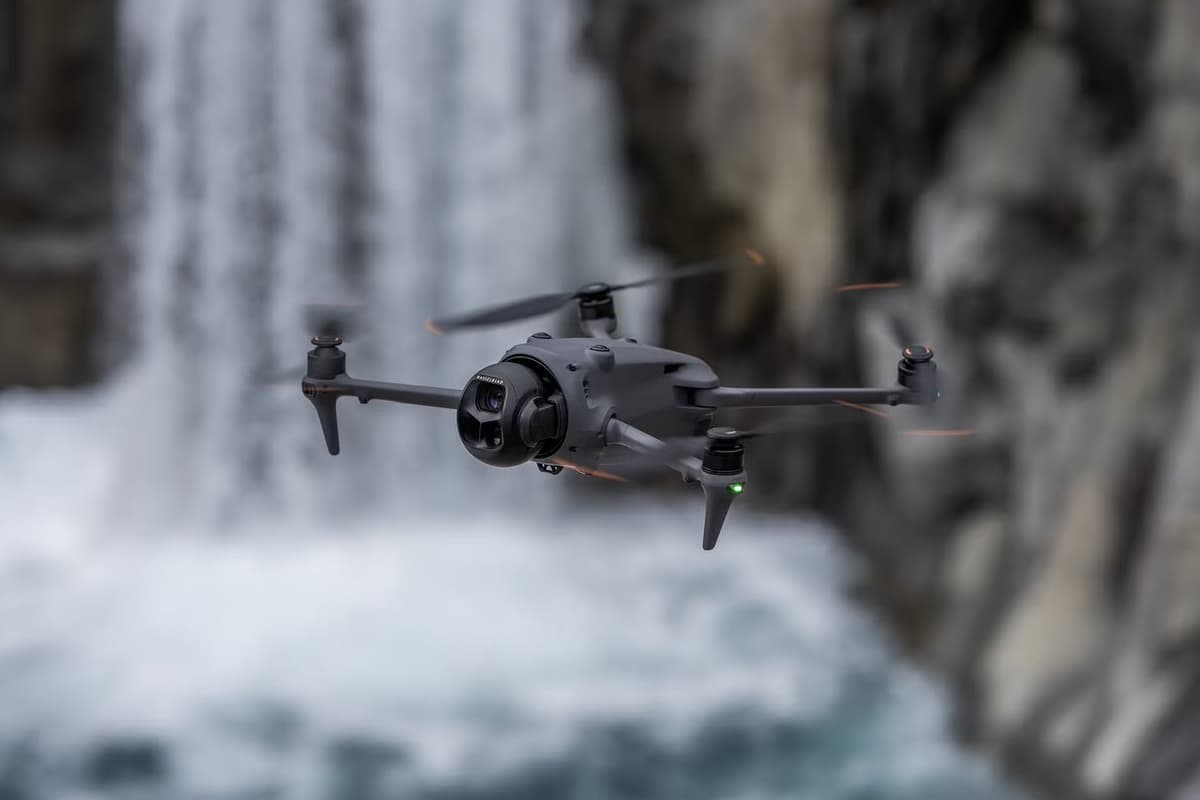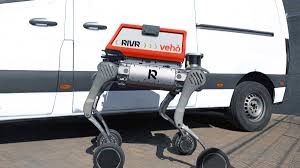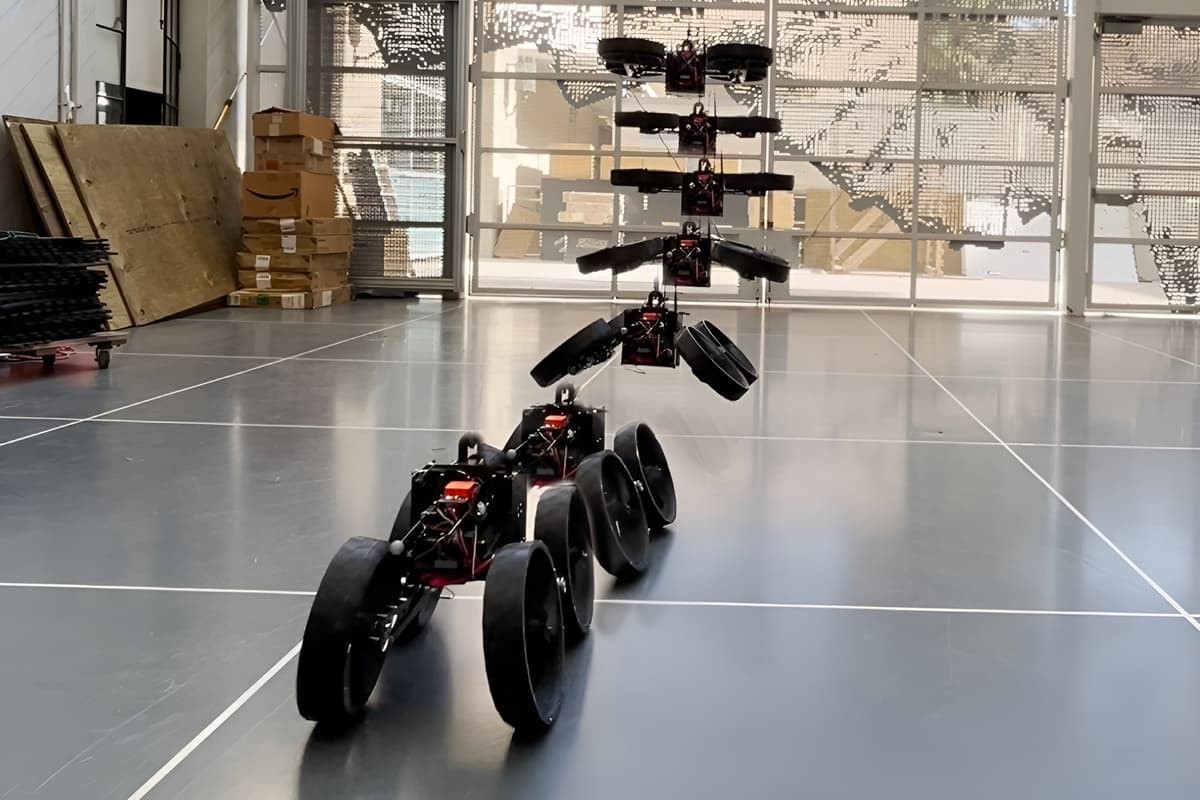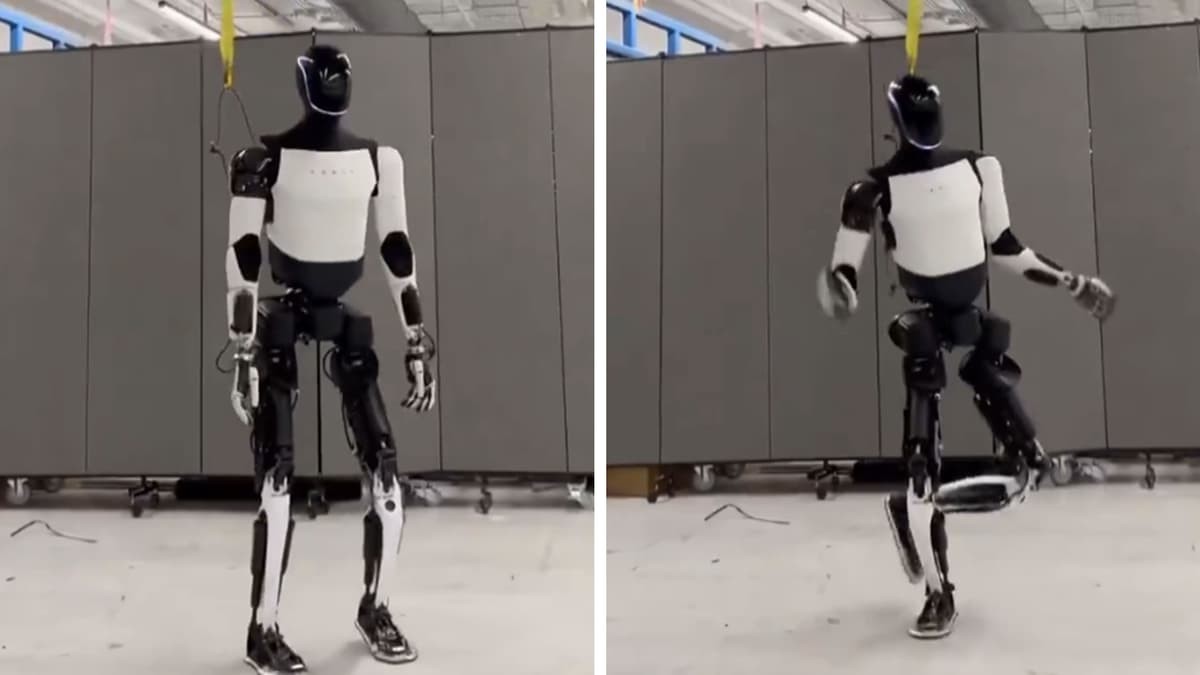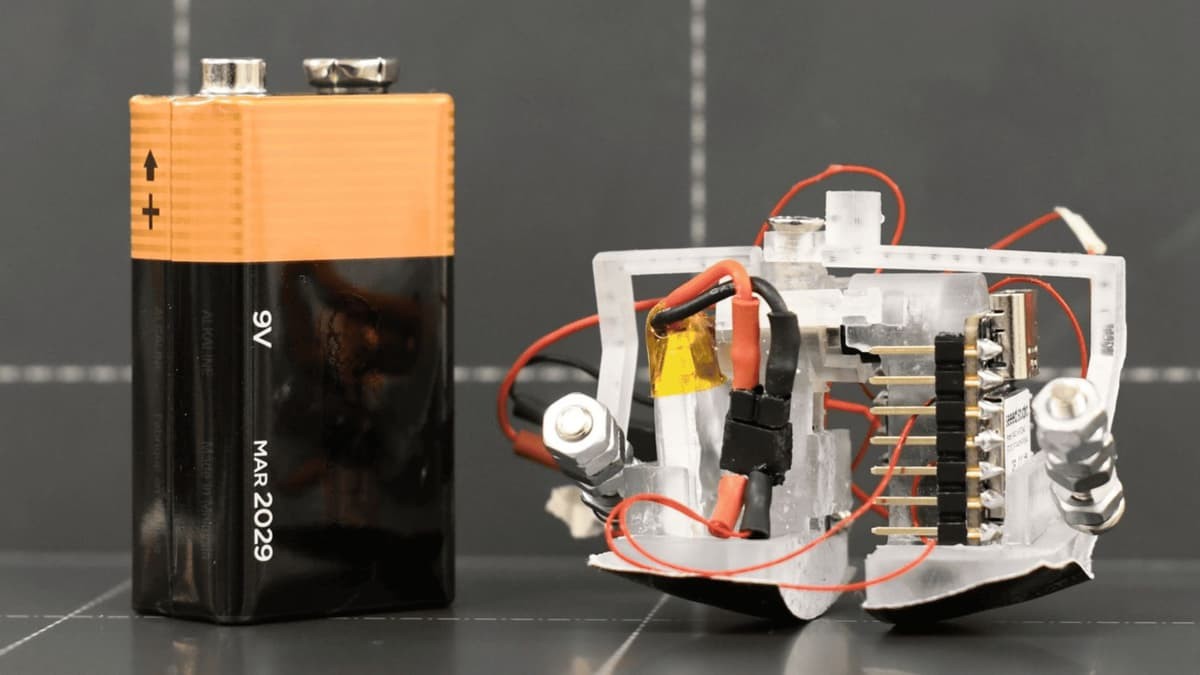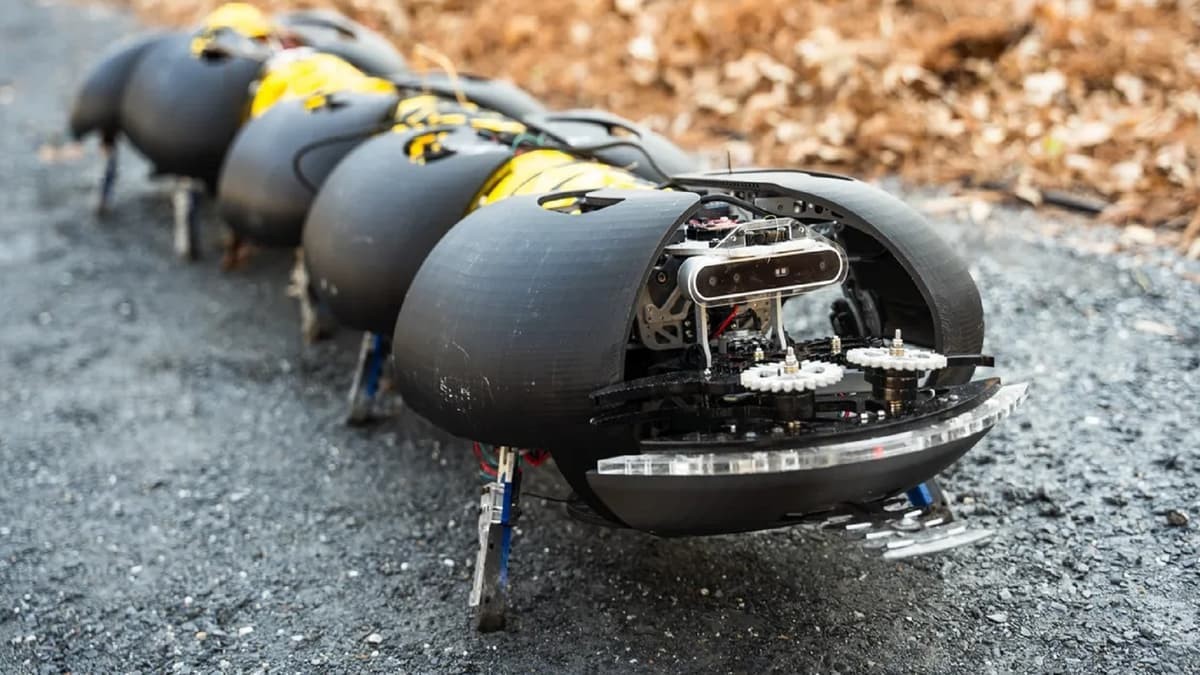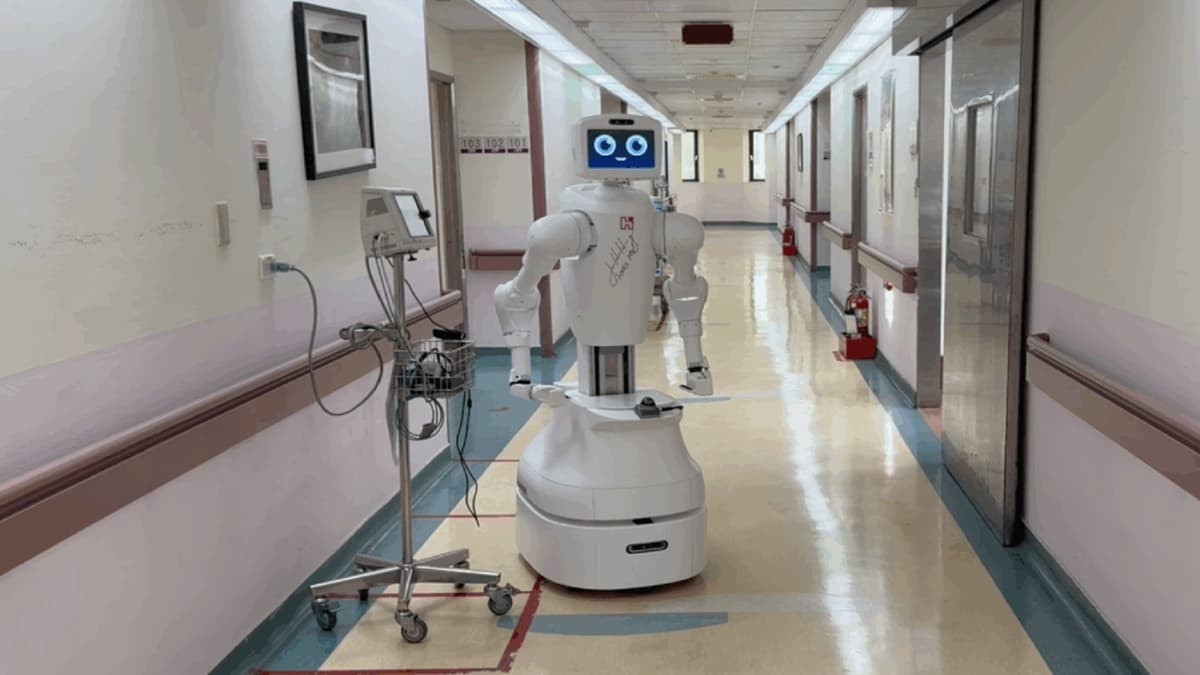Singapore Embraces Robot Dogs for a Smarter, Safer Future
Robot dogs are taking on an expanding range of roles in Singapore, one of Asia’s wealthiest and most technologically advanced nations.
These four-legged machines are now being deployed in tasks such as securing bus depots, guiding the visually impaired, patrolling construction zones, and assisting with social services.
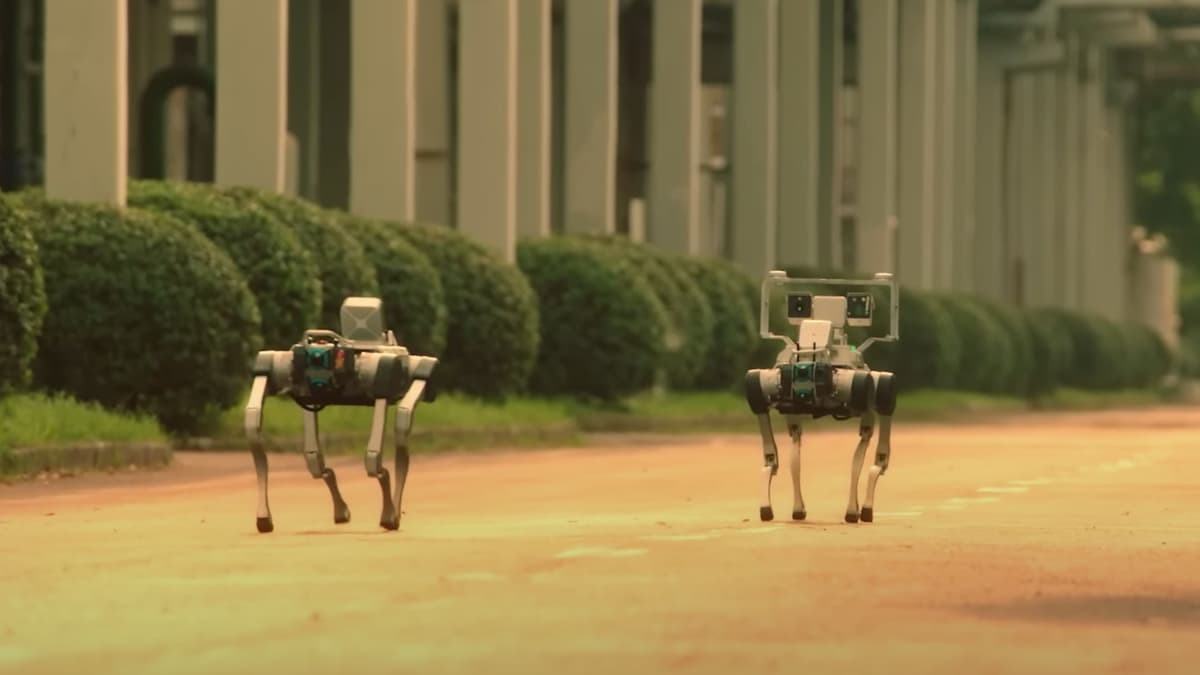
Figure 1. Robot Dogs.
According to a local media outlet, the number of robotics-related companies in Singapore has surged from 200 in 2023 to over 300 today, highlighting rapid industry growth. With manufacturers—especially from China—entering the market, the cost of robot dogs has dropped significantly, now available for as little as US$2,700 (S$3,500), making them more accessible. Figure 1 shows Robot Dogs.
In March, Chinese company Deep Robotics unveiled a one-touch navigation system that enhances the control and autonomy of robot dogs in complex, real-world environments.
A Growing Trend in Quadruped Robotics
Globally, the use of robot dogs has expanded into sectors like law enforcement, military operations, and nuclear facility inspections. Singapore is following suit, increasingly employing them in underground maintenance, construction surveillance, and social support.
During the COVID-19 pandemic, a robot dog was used in Bishan-Ang Mo Kio Park to remind visitors about safe distancing [1]. More recently, another was seen accompanying a political candidate during an election campaign, as reported by The Straits Times.
With more firms adopting robot dogs for surveillance and inspection, Singapore’s robotics sector continues to grow under the guidance of the National Robotics Programme (NRP), which now tracks over 300 robotics-related companies—up from about 200 in 2023.
Though the NRP does not keep a precise count of robot dogs in operation, interest in legged robots is rising. Their agility and adaptability—particularly in navigating stairs and uneven terrain—make them more versatile than traditional wheeled models.
Urban Assistants: Robot Dogs in Public Service
Singapore is also exploring the use of robot dogs as guide companions for the visually impaired. Developed by researchers at the National University of Singapore, these AI-equipped quadrupeds offer a cost-effective alternative to traditional guide dogs, which are expensive and limited in supply.
Equipped with image-recognition software, these robots can understand complex commands and maneuver through varied environments. Tests have shown they can handle stairs and rough terrain, and plans are underway to pilot them in transport hubs and parks.
Security is another major area of deployment. Since late 2024, a robot dog has been patrolling the Seletar Bus Depot, using cameras, thermal imaging, and sensors to detect intrusions or tampering. Remote monitoring capabilities allow security teams to observe operations in real time. At Sengkang MRT Depot, a similar robot inspects train undercarriages for maintenance issues like loose panels and fluid leaks.
In hazardous work zones, robot dogs reduce risk by assisting with inspections. One is currently used in underground tunnels to identify structural problems, minimizing danger to human workers. Others are deployed at public housing construction sites, evaluating staircase safety by scanning for irregularities in step height and depth.
Reference
- https://interestingengineering.com/innovation/robot-dogs-gain-ground-in-singapores
Cite this article:
Keerthana S (2025), Singapore Embraces Robot Dogs for a Smarter, Safer Future, AnaTechMaz, pp.188



